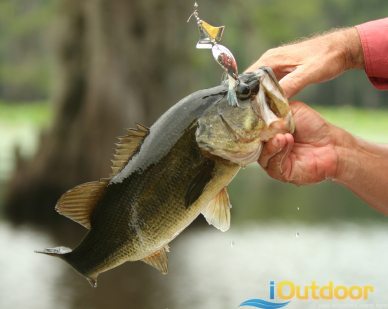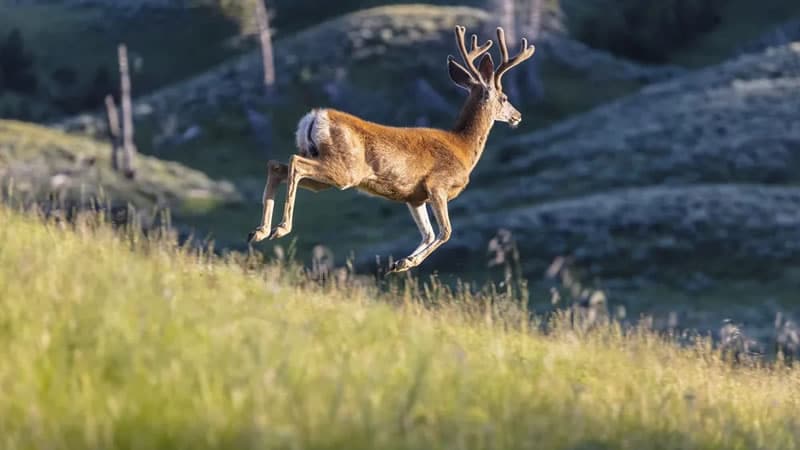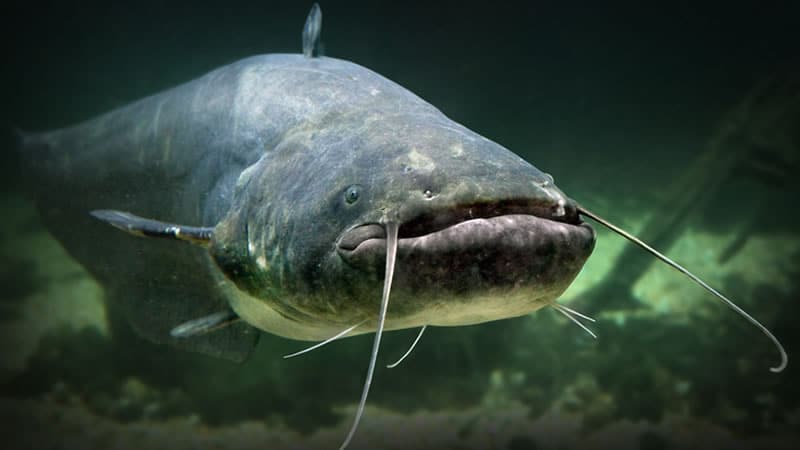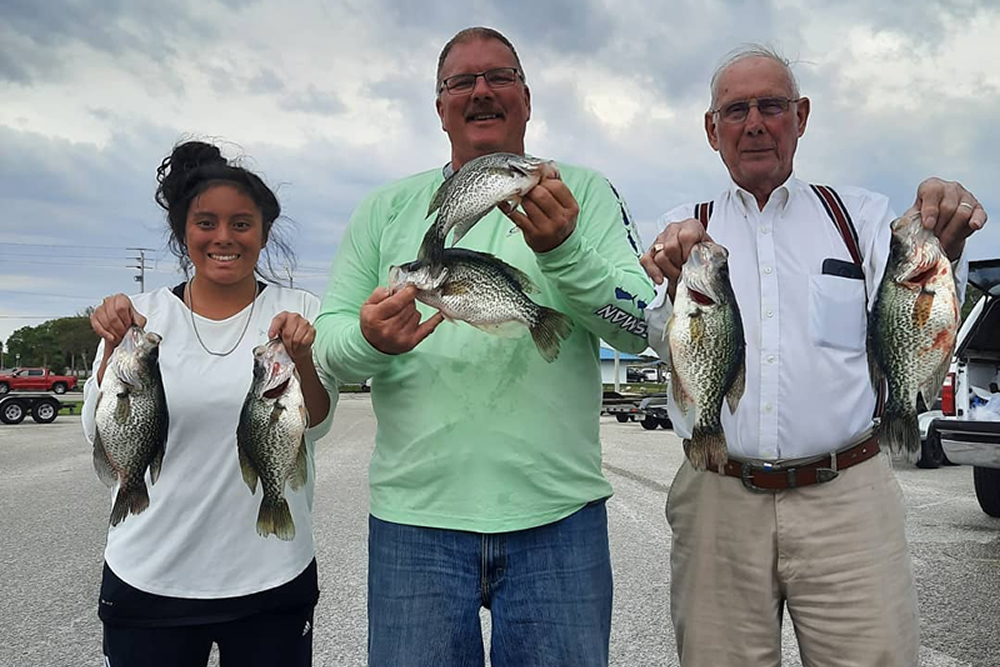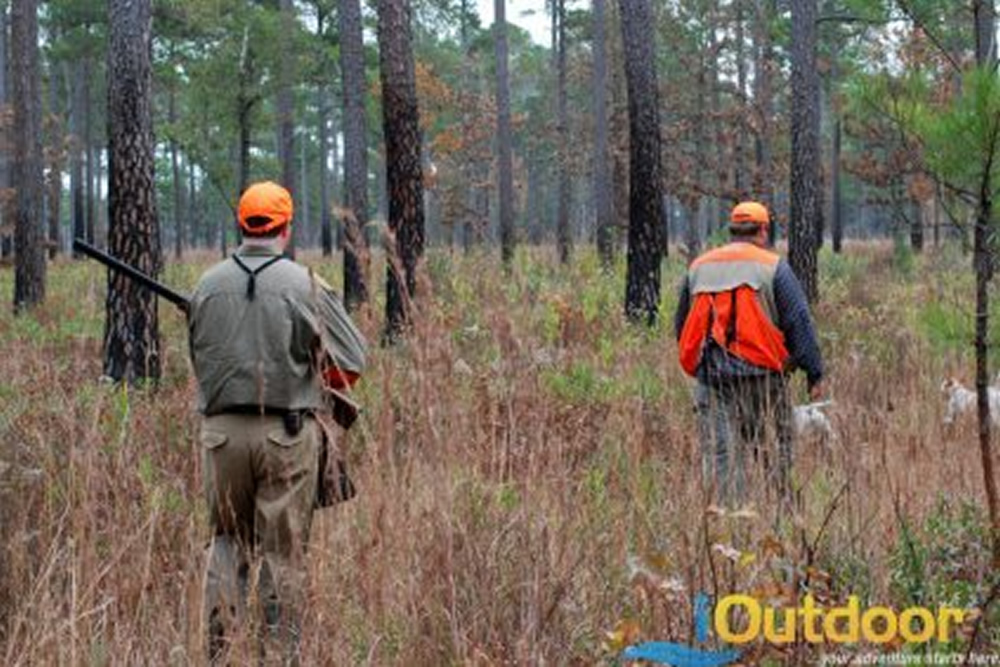Snacks for Bass
In the world of game fishing, bass is one of the most highly coveted catches. Basses, however, including the more common smallmouth bass and largemouth bass, are not easy to catch especially for greenhorn game fishermen. It takes more than the right equipment, gear, and baits to catch this underwater marvel. Information about these species is also essential to be able to catch a truly trophy-worthy fish.
Always remember that researching about basses will help improve your chances of catching them. One piece of important information often missed out by many is bass fish-eating habits. Understanding the feeding behavior of basses will allow you to understand them better, allowing you to know the best locations to catch them and the best baits to lure them in among others.
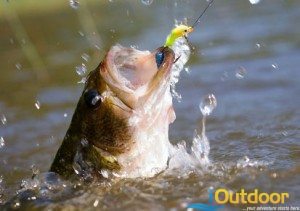
Bass Fishing
Young bass tends to stay in shallow water. Not only because it is safer to find shelter closer from larger fishes near the bank but also because it is where food is more abundant. Among the food sources that they feed on include insects; tiny crustaceans like small shrimps, and smaller baitfish.
Feeding Patterns and Behaviors
Bass feeding behavior changes during adulthood since they rise high in the aquatic food web chain, being able to eat preys as big as half its size and almost anything they can gobble. They tend to roam in wide and deeper waters where they can easily catch their prey. Thus, it is advised that you locate these areas as the best bass are often found in these parts of the water. Adult basses eat smaller fishes like crayfish, sunfish, shiners, trout, and minnows, although insects, worms, and frogs are also favored foods. Take note of these baits as you may use them to lure in a bass. Since bass, however, is also attracted to artificial lures, also keep jigs, spinnerbaits, and crankbaits in handy.
Techniques to Catch Bass
The techniques for bass fishing also differ depending on the size of the bait you choose. A bass would tend to swallow a large prey headfirst. Thus, if you intend to use large baits and lures, always remember to allow the bass enough time prior to setting the hook. With smaller baits, however, set the hook right away once the bass strikes. It is because bass eats smaller lures by opening its mouth and suctioning in water including the prey. Just as fast as they can do it, they can also drive out the bait easily by forcing out the suctioned water along with the bait.
One of the best times to catch bass is when the temperature is warm since they are forced to feed more often due to increased metabolic rate. This then gives you more chances for the bass to bite.
State-of-the-art gear, equipment, and baits do not guarantee a trophy-worthy bass. More importantly, know more about these great species by researching about them. Pay attention to information about bass eating habits along with other crucial information that will reveal more about its behavior. With the best tools and the right information, you will soon have that bass you will be proud of!
You can also learn more about the best snacks for bass fishing and freshwater fishing in general.


